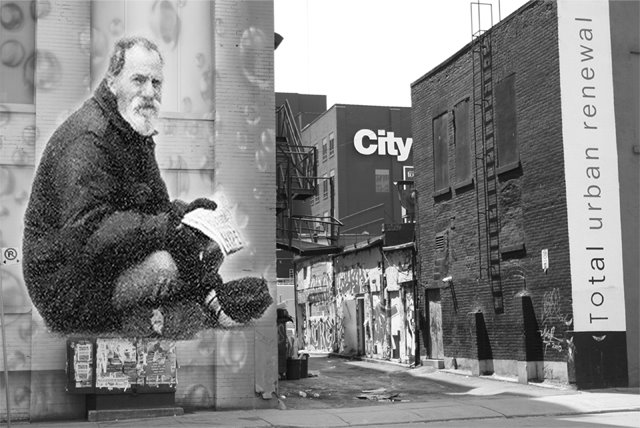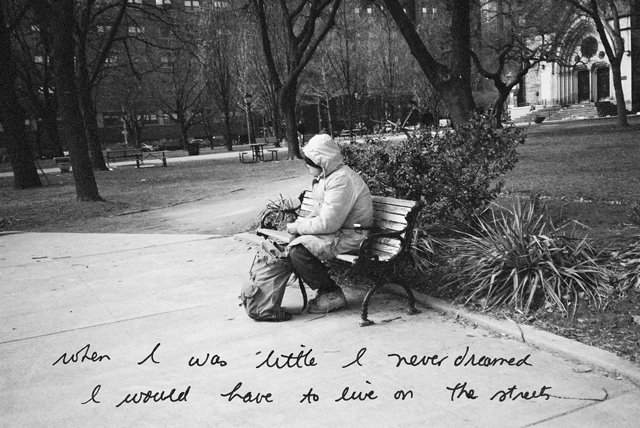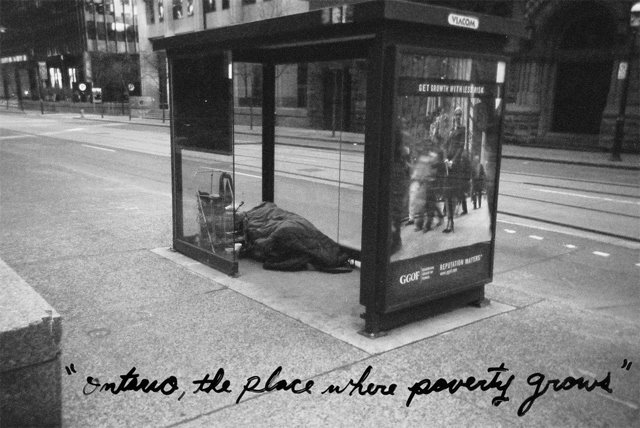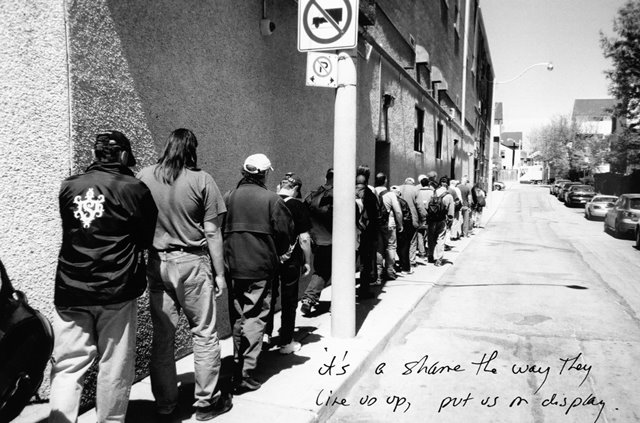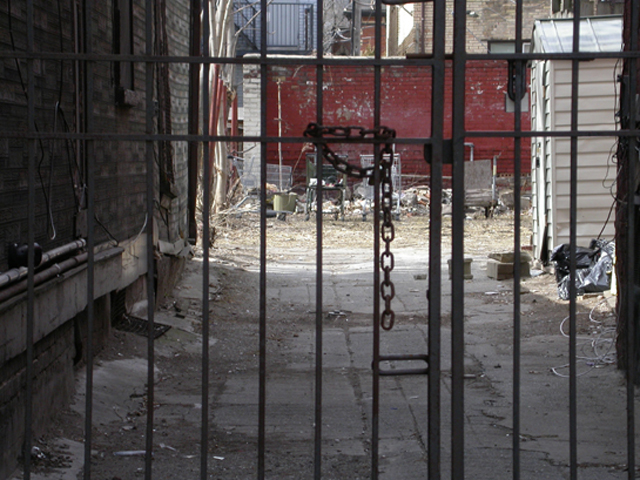
The mosquitoes and heat (33, but felt like 40 with the humidity) were unable to deter us, though if we counted photographs taken and mostquito bites, the bites may win out. The sun hid behind a smog cover so I did not get the sun dappled, woodsy shots I was hoping for!
We went into the woods after learning some history about the walk we were on. A group of trailers were pointed out as places where some people used to sleep - until they were evicted and the locks put on. It is the usual tensions where there are places that are not being used but are "rightfully" owned. And then there are people without places to sleep who find empty, unused habitats and they move in and stay until they are discovered. Looking carefully we spied places where the grasses were trampled and when we followed the signs we noted that there were often signs that people had camped for shorter or longer periods of time. As James noted though, "It is getting harder to find people camping close to the city; they're moving, they're getting rousted." His home had been here only a year ago and there were almost no signs of it now.

James took us further in to where an old City dump had been and we found evidence of where people are making their homes. I feel a great deal of ambivalence about writing this - I worry that we will make it more difficult for them, somehow. I have learned that people living on the streets and bushes in Toronto hide themselves well. It is easy for us to pass by a residence and not recognize it as such unless we have learned the signs. The photograph at the top shows a campsite that may be in use - or not. There is still a groundsheet, so it is likely that it is in use. It was the middle of the afternoon when we were on our walkabout so there was no one to chat with.
So many people are living on the edges and margins and it is not necessarily out of choice. It is like you wake up and find ourself somewhere and you keep trying to move on, but your efforts are never quite enough. And that is due to the fact that we have created policies and structures to ensure that their efforts are never quite enough. More later....






